Your registered rights will stem back to the filing date of your application, so any third party that has been using a conflicting mark since that date may be infringing…
The ™ symbol indicates that your sign is being used as a badge of trade origin, whereas the ® symbol indicates that your sign is in fact a registered Trade…
Yes you can. A Trade Mark is a property right which can be bought or sold or even given to someone as a gift. When you transfer the Trade Mark…
First and foremost, there is no magical registration that protects your Trade Mark all over the world. Trade Mark rights are essentially national and territorial rights. An International Registration is…
First and foremost, there is no magical registration that protects your Trade Mark all over the world. Trade Mark rights are national rights. An International Registration is a mechanism that…
EU Trade Mark registrations are unitary and cover the whole of the EU. It is not possible to pick and choose the countries you wish to cover. If you are…
An EU Trade Mark (EUTM) is a unitary Trade Mark that covers the entire EU and provides protection in all 28 Member States, namely: Austria, Belgium, Croatia, Cyprus, Czech Republic,…
No. Once a Trade Mark application has been filed it is not possible to change the Trade Mark as it appears on the register in any way. You will need…
If a UK Trade Mark application does not meet with any official objections or third party oppositions, the process can take around 4-6 months, depending on the UKIPO’s workload and…
No. A Trade Mark registration is not absolutely necessary to protect your brand. However, unregistered rights are very difficult to enforce and they carry an extremely high evidential burden when…

